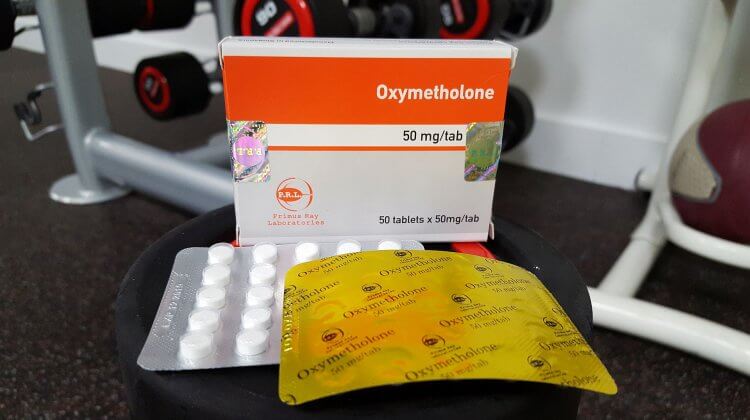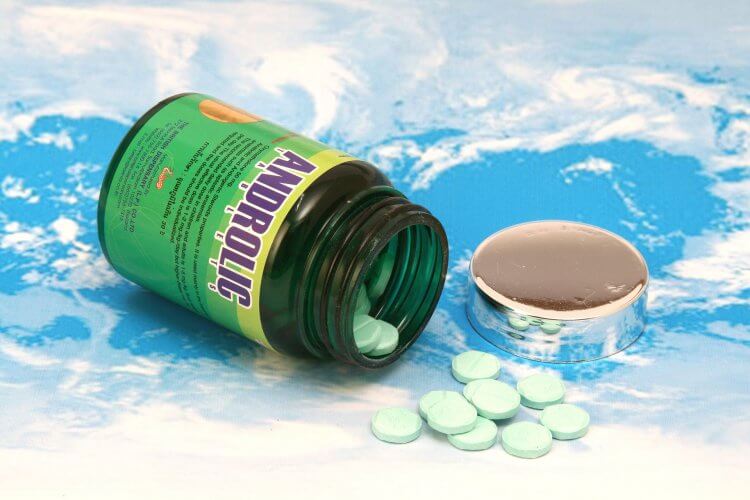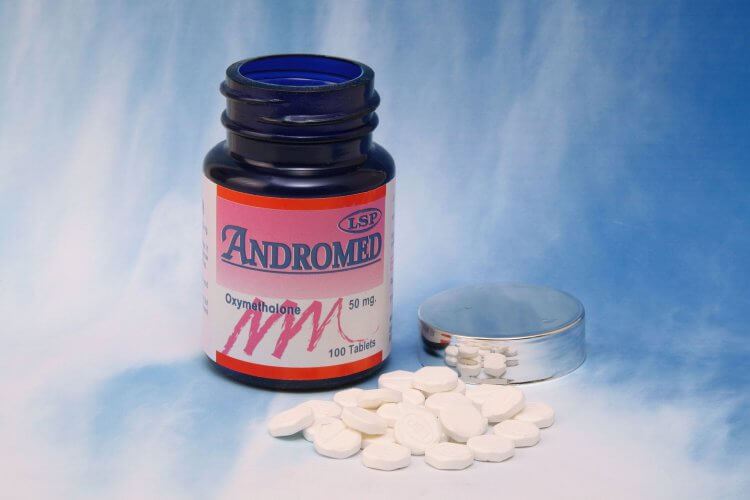
Q: “What blood test values are the most useful for evaluating liver function during anabolic steroid cycles?”
A: While AST and ALT often get the most attention, three other values are much more useful for evaluating liver function in anabolic steroid cycles.
GGT is present in liver cells and is released into the blood when these cells are damaged. Unlike AST and ALT, there’s little or no release of GGT into the blood when muscle cells are damaged by exercise. As a result, a GGT test remains valid even when doing intensive exercise.
Where 17α-alkylated steroids (e.g. Anadrol, Dianabol) are used, abnormally high GGT levels most commonly will be from liver damage from oral steroids. It’s a warning sign to take seriously.
Other causes of high GGT are possible, such as chronic use of excessive alcohol, statins, aspirin, acetaminophen, or NSAID’s. GGT can also be elevated from cardiovascular disease, diabetes, or metabolic syndrome. Further, liver disease from other causes can elevate GGT.
A normal GGT value can completely discount any concern from elevated AST/ALT values, while a greatly elevated (twice the reference limit) value should be taken as a serious warning.
Unfortunately, often GGT isn’t included when ordering a blood chemistry panel. But when you have the value, it can be very useful.
Another key marker is serum bilirubin.
Bilirubin is a breakdown product of pigmented proteins, including hemoglobin and myoglobin. Elevated bilirubin levels, beyond about twice the reference limit, can be a product of cholestatic liver disease. This is a reduction or stoppage of the flow of bile, which can be caused by use of oral anabolic steroids.
However, abnormal bilirubin elevation can occur for reasons other than liver damage. Another possible cause is breakdown of blood cells, or hemolysis. However, if the cause is hemolysis, red blood cell count or reticulocyte count would usually be low as well.
As with GGT, serum bilirubin is not elevated from exercise. On finding a serum bilirubin value more than twice the reference limit I’d discontinue oral steroid use. I prefer not exceeding the reference limit at all. However, quite a few individuals will somewhat exceed the reference limit even when in perfect health. For this reason, it’s not an absolute rule to never exceed the reference limit.
Lastly, as with GGT and bilirubin, ALT is unaffected or little affected by exercise. Abnormal elevation during an anabolic steroid cycle most likely indicates liver damage. But even where significant cholestatic liver damage has already occurred, often ALT values will be only two or three times the upper limit of the reference range. So, don’t wait for a really high value to be concerned about this one.
If all three of these are good, there almost certainly is no real liver problem.


About the author
Bill Roberts is an internationally-recognized expert on anabolic steroids and performance-enhancing drugs (PEDs). He received a bachelor degree in Microbiology and Cell Science and completed the educational and research requirements for a PhD in Medicinal Chemistry at a major American university.
Bill entered the nutritional supplement industry prior to completing his doctoral thesis but his education was invaluable so far as being able to design/improve nutritional supplement compounds, since it was in the field of designing drug molecules and secondarily some work in transdermal delivery.
His education was not specifically "geared" toward anabolic steroids other than expertise with pharmacological principles having broad applications. This has allowed Bill to provide unique insight into the field of anabolic pharmacology with knowledge of points which he would not have known otherwise.
Leave a Reply
You must be logged in to post a comment.